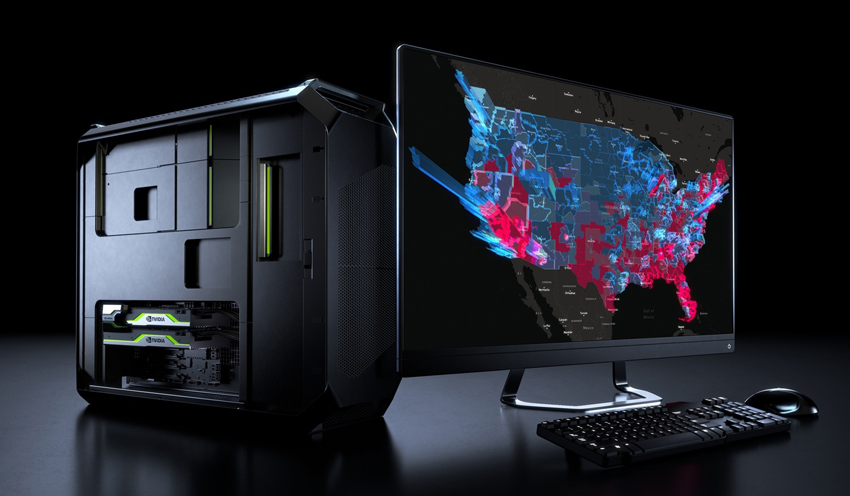AI & DL Lab Setup
Setting up an AI (Artificial Intelligence) and DL (Deep Learning) lab can be a complex process, but I can provide you with a general overview of the key components and steps involved in creating such a lab. Keep in mind that the specific requirements and equipment may vary depending on your research or educational needs.


High-Performance Workstations
You'll need powerful computers with multi-core CPUs, ample RAM (16GB or more), and high-end GPUs (NVIDIA GeForce or Tesla) for training deep learning models efficiently.
- Distributed Computing: For larger-scale projects, consider setting up a cluster of machines or cloud-based resources for distributed computing.
2. Software Requirements:
- Operating System: Linux is often preferred for deep learning due to its compatibility with many AI libraries and tools.
- Development Environment: Install Python, Jupyter Notebook, and popular deep learning frameworks like TensorFlow, PyTorch, and Keras.
- GPU Drivers: Ensure you have the necessary GPU drivers for your hardware.
- Docker: Containerization can help manage software dependencies efficiently.
- Version Control: Use Git for code version control.
3. Deep Learning Frameworks and Libraries:
- Install and configure popular deep learning frameworks such as TensorFlow, PyTorch, Keras, and libraries like OpenCV, scikit-learn, and NumPy.
4. Data Management:
- Set up a data storage solution, such as a network-attached storage (NAS) or cloud storage, for managing large datasets.
- Implement data preprocessing and augmentation pipelines.
5. Experiment Management:
- Use tools like TensorBoard, MLflow, or Neptune.ai to track and manage experiments, hyperparameters, and results.
